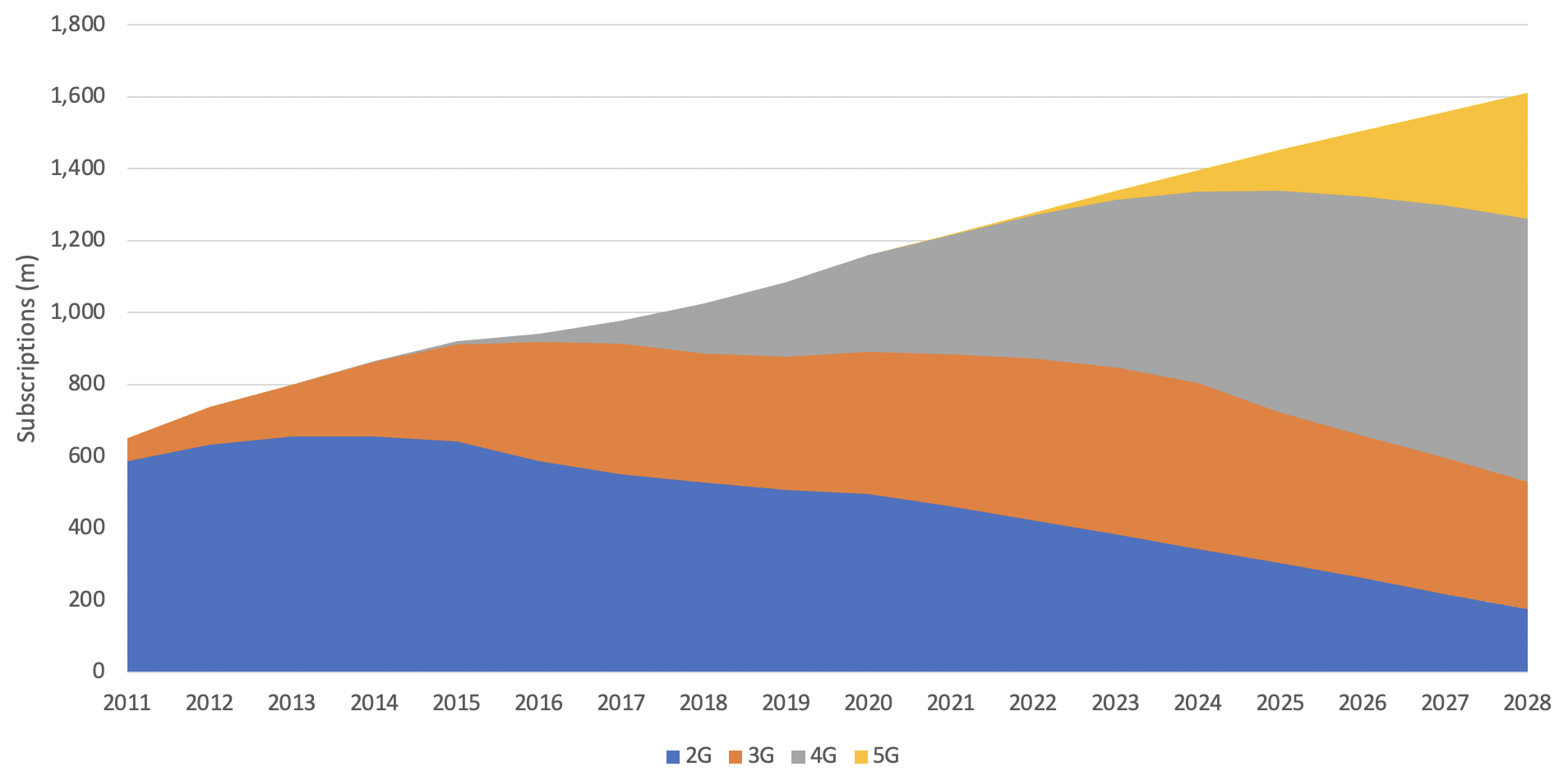

Qualcomm that “the district court’s analysis is still fundamentally flawed. The US Ninth Circuit Court of Appeals has ruled in Federal Trade Commission v. I have argued for many years against the proffered valuation methodology of basing royalties on a percentage of the sales price of a component or “smallest-saleable patent practicing unit (SSPPU)” and this approach has been soundly rejected by US and European courts. However, a vehicle OEM, for example, would quite reasonably refuse to pay royalties for cellular SEPs that are calculated as a percentage of a vehicle’s cost or value in alloy wheels or leather seats. There are also bountiful ways in which connectivity is exploited in these with various applications. Similarly, DPU pricing is also applicable for other cellular-enabled “devices” including, for example, PCs and connected vehicles. As average mobile phone prices increased with the widespread adoption of 3G smartphones from the late 2000s and 4G smartphones several years later, SEP licensors have, in many cases, at the behest of OEMs, “capped” percentage-based royalties to maximum DPU figures to ensure royalties paid do not exceed the value of additional features deemed less dependent on cellular connectivity. While royalties for 2G/3G/4G cellular connectivity in a mobile phone have usually continued to be charged as a percentage of the end-product selling price, the value established there-when stated as an equivalent DPU figure-is a key consideration. OEMs did not want to be locked into fixed dollar-per-unit (“DPU”) royalty charges that would increase in percentage terms as manufacturing costs were rapidly declining. One reason for this is that OEMs anticipated the subsequent downward trend in mobile phone prices, which fell dramatically following the introduction of digital cellular with 2G in the early 1990s. Since the early days of the 2G mobile phone industry, SEP owners most often licensed their cellular patents at royalty rates calculated as a percentage of phones’ average wholesale (i.e. This article conservatively estimates total FRAND charges for licensing all cellular SEPs in vehicles, based on value derived therefrom and reflecting some recent court judgements on FRAND charges in other devices including smartphones. While SEP licensing is well established for mobile phones and base stations-with thousands of agreements since the 1990s worth many billions of dollars every year-the industry is still in the throes of establishing the basis and pricing for use of these technologies in various different IoT applications including cars, domestic appliances, industrial robots and remote meters. While financial and other benefits will be reaped by many vendors and users in various different industries, as well as by consumers, several generations of patented technologies developed largely by companies within the telecommunications industry over many years-up to and including newly introduced 5G-are enabling this major opportunity.ĭespite cellular technologies being developed by and hitherto implemented largely among a relatively limited group of telecommunications industry OEMs producing cellular products-most significantly mobile phones as well as mobile network equipment-the variety and numbers of prospective technology implementers in IoT are far greater. There is strong consensus and enthusiasm in government, business and among commentators about the Internet of Things, with its multi-trillion dollar market potential. Great expectations for IoT hinge on cellular technology Well-established mobile phone licensing benchmarks conservatively imply a total value of at least around $30 per vehicle for patents essential to the 2G, 3G and 4G standards. This is a pity because clarity is in everyone’s urgent interest. LottoWhiz 4G is a powerful and easy to use lottery program for Wheeling Systems, Play-slip Printing, Statistics, Trends Analysis and more.While litigation is bogging down the licensing of cellular standard essential patents (SEPs) in vehicles with disputes about where in the production supply chain licensing may or must occur -from chip, to module, to telematic control unit (TCU), to entire vehicle-this is also delaying payment of Fair, Reasonable and Non-Discriminatory (FRAND) royalty charges in these cases and causing confusion about licensing value.

#LOTTOWHIZ 4G LICENSE TRIAL#
You may also download a free trial version from the below links:

Please wait, the server is connecting to LottoWhiz 4G online ordering page. If you are not connected to the online ordering page automatically in 10 seconds, please click the


 0 kommentar(er)
0 kommentar(er)
